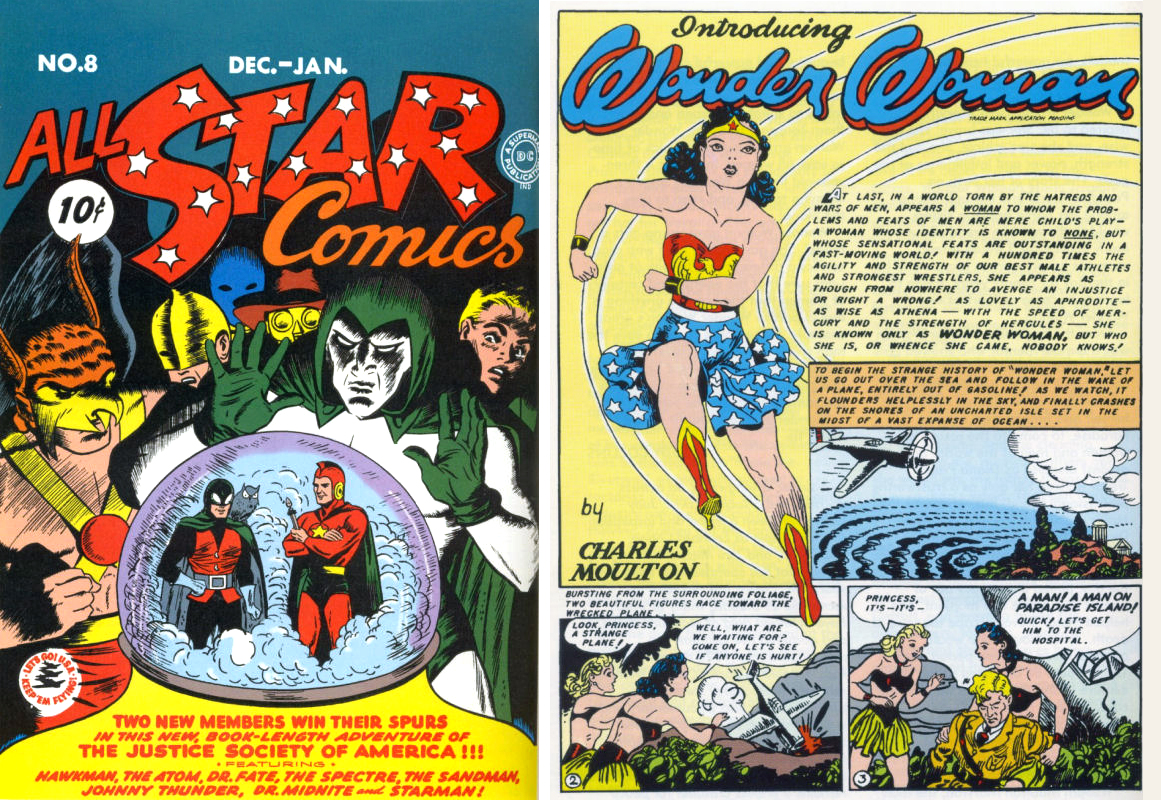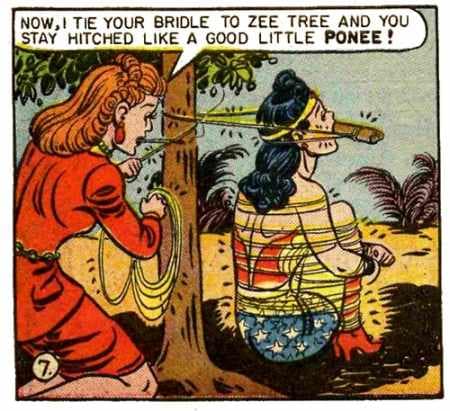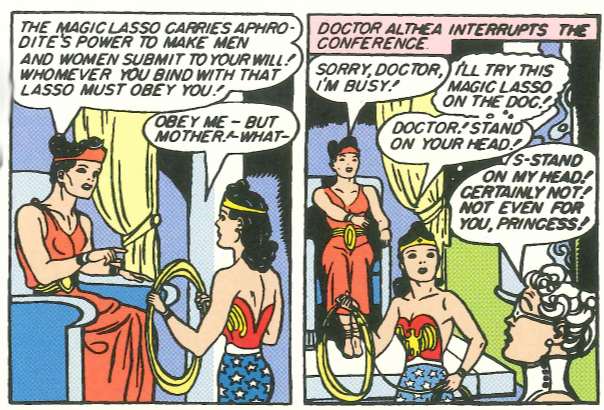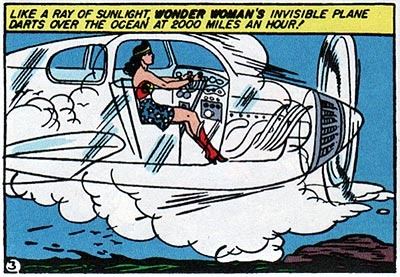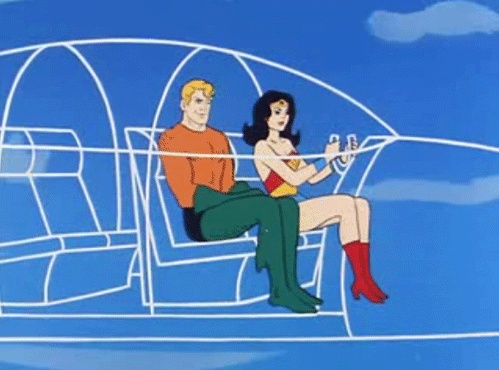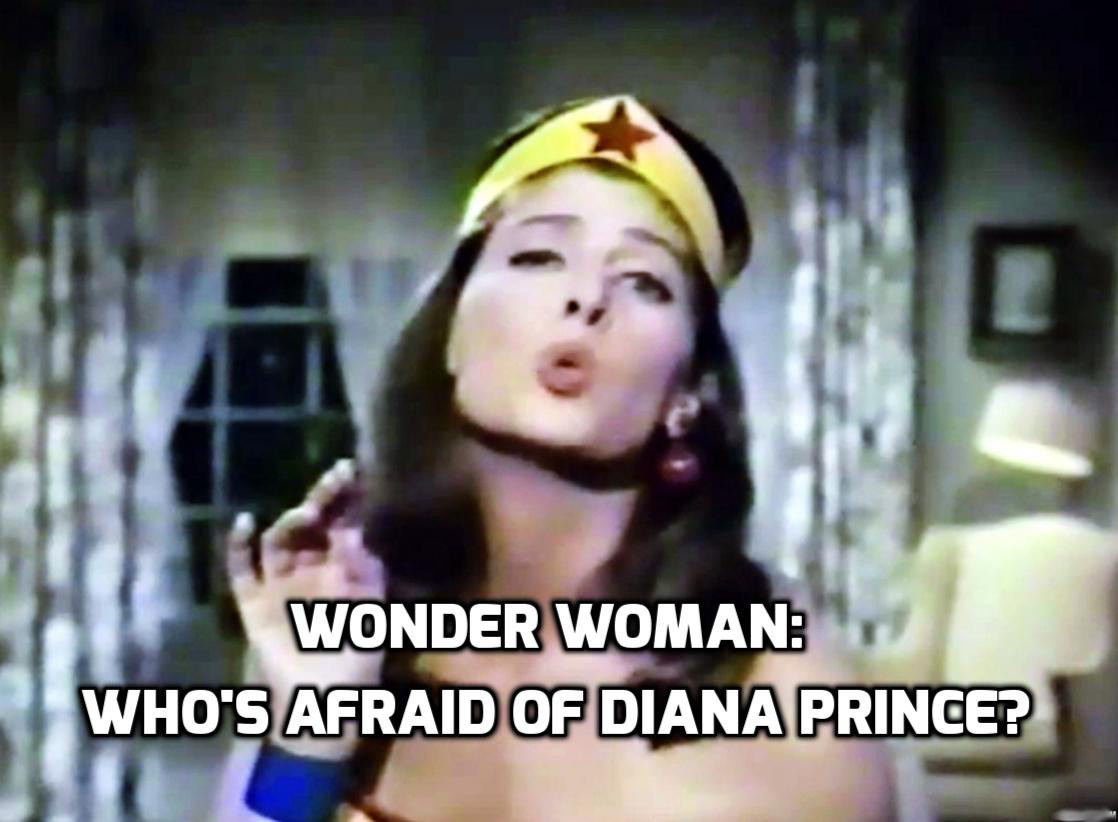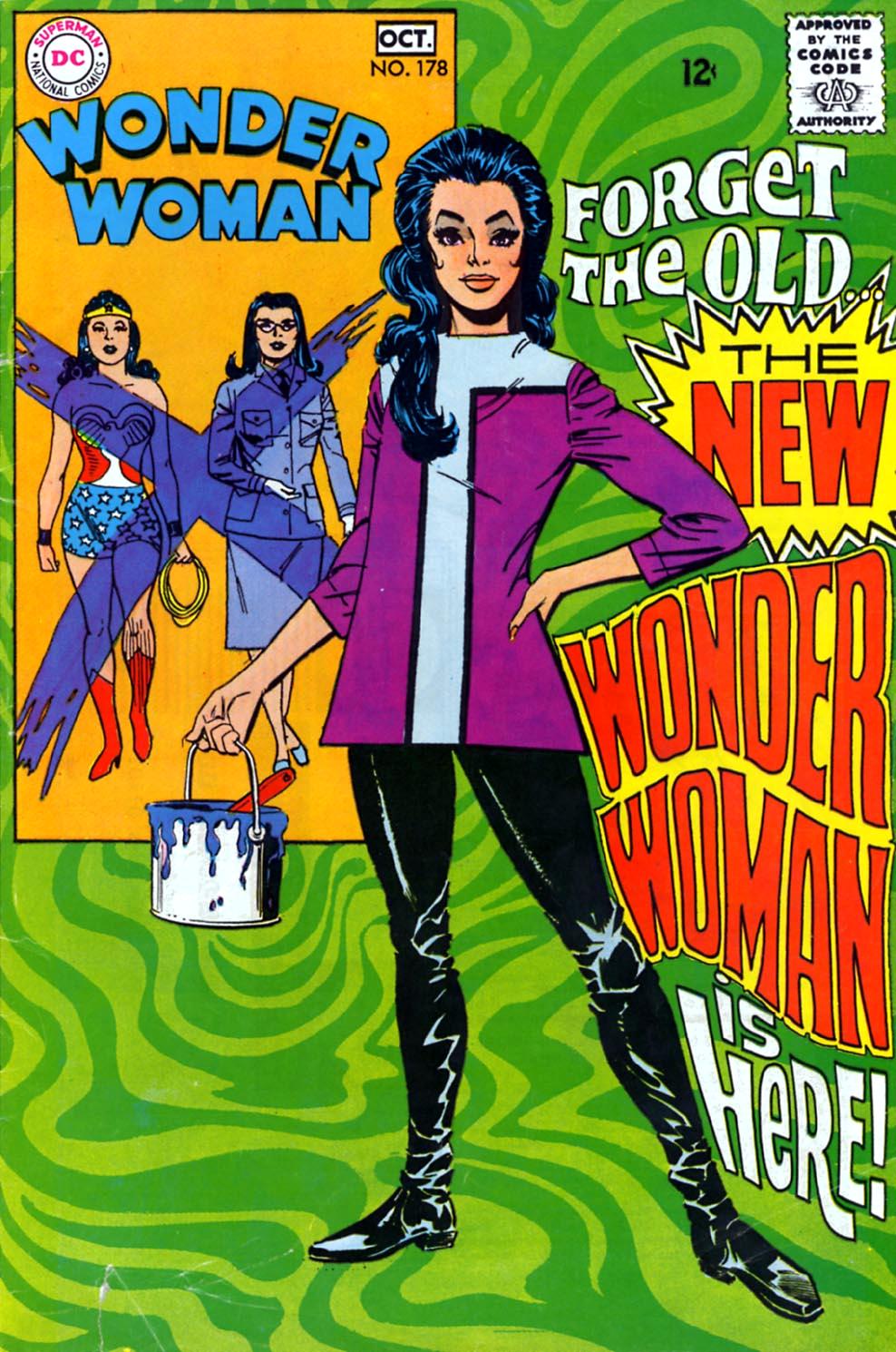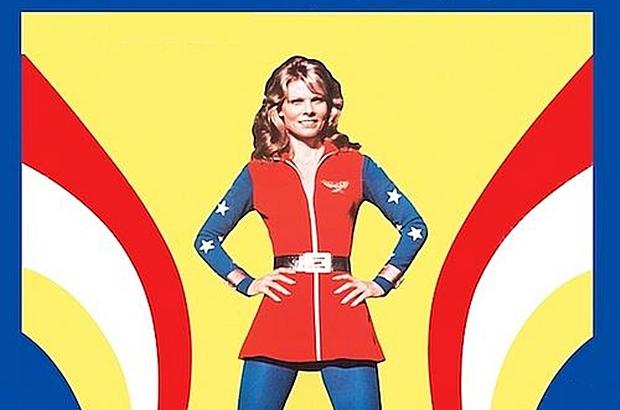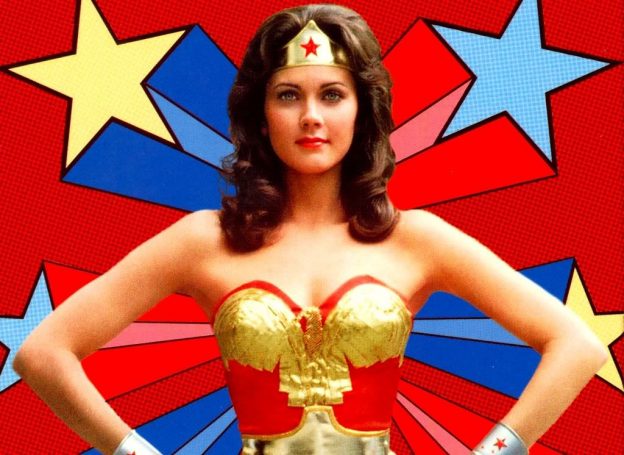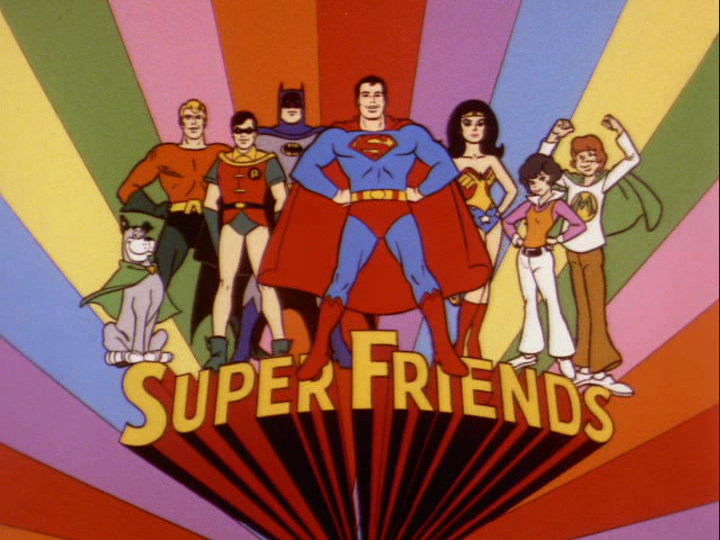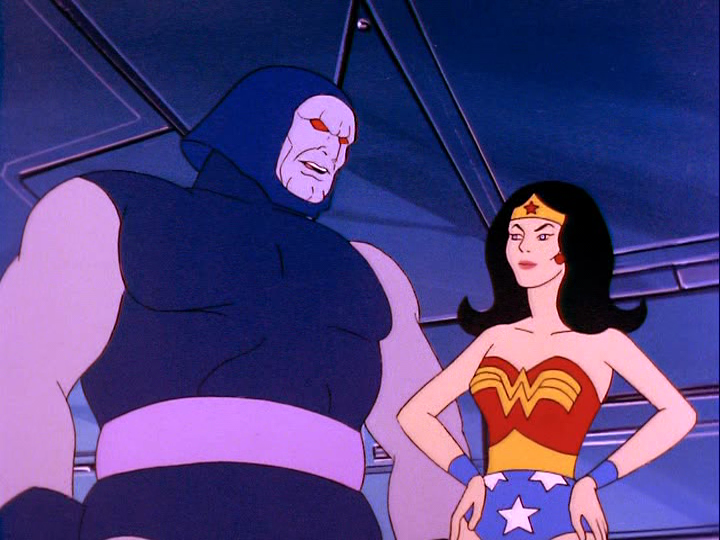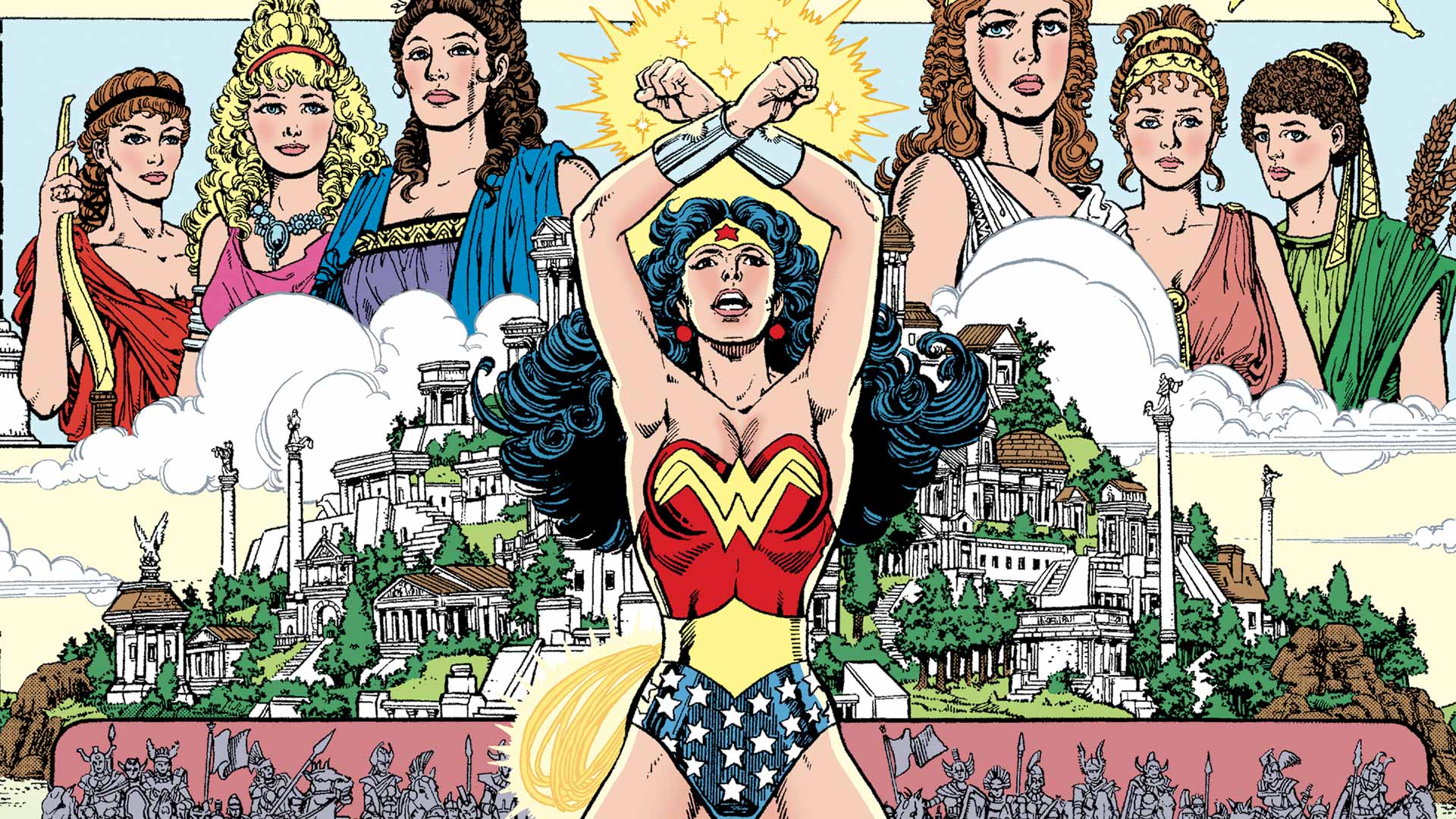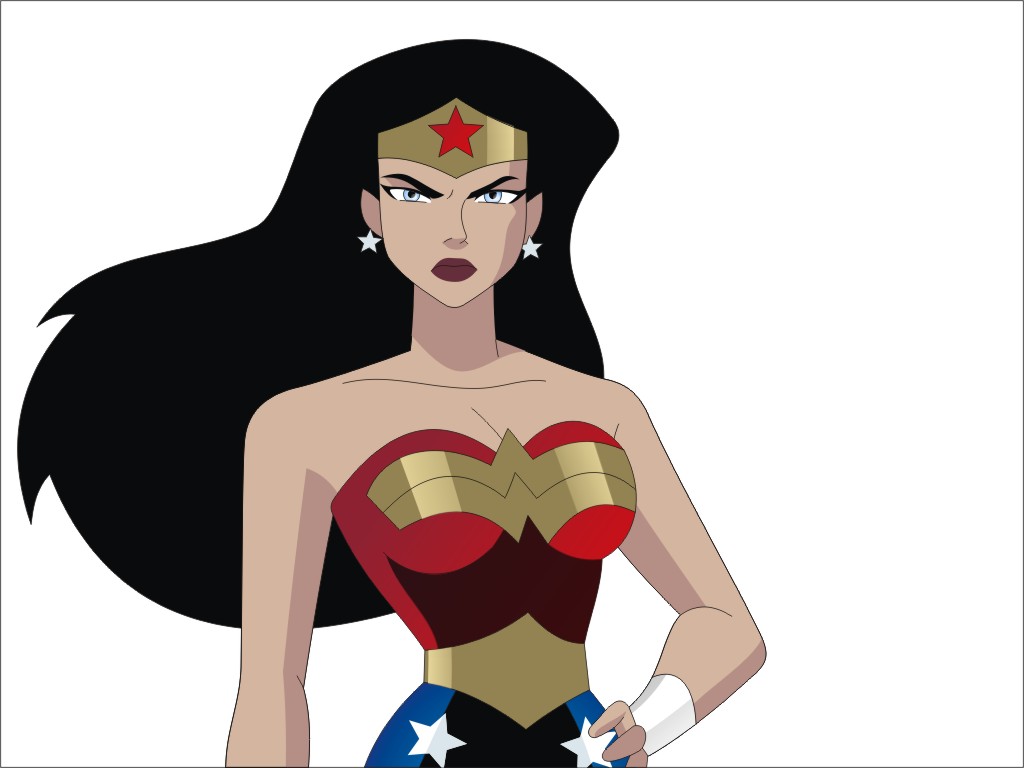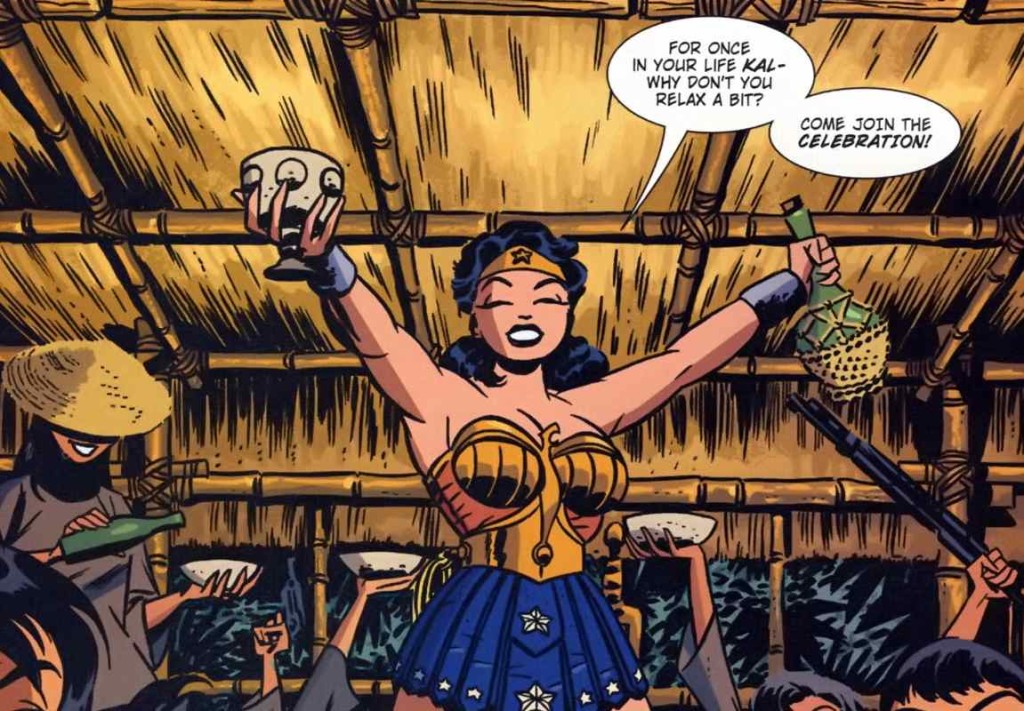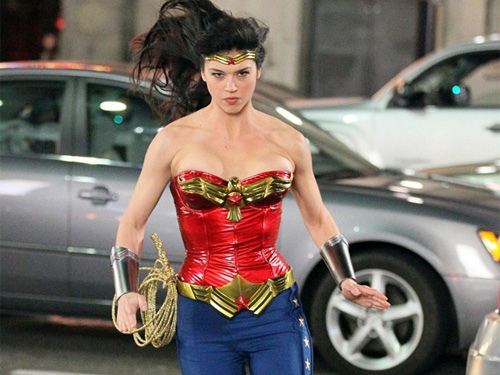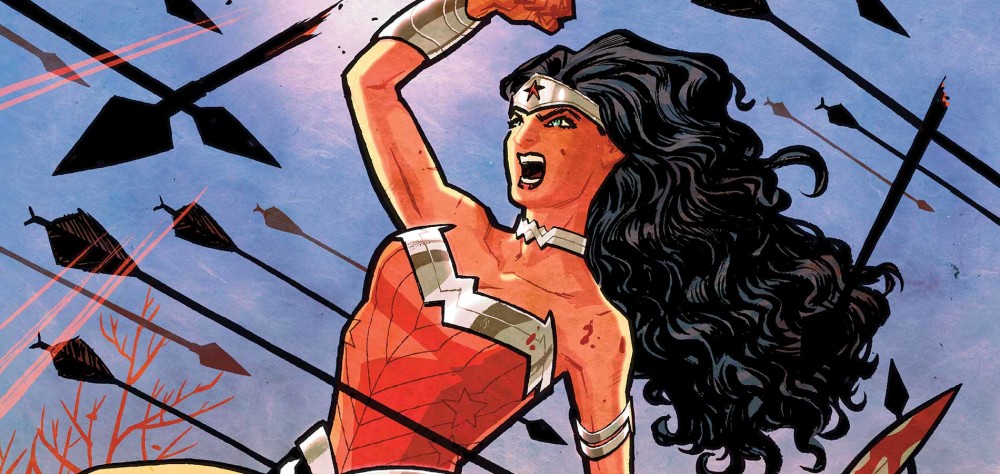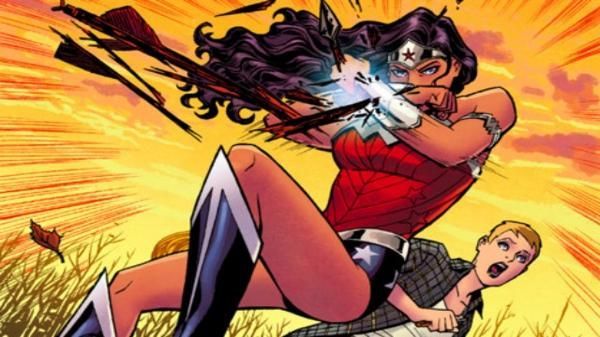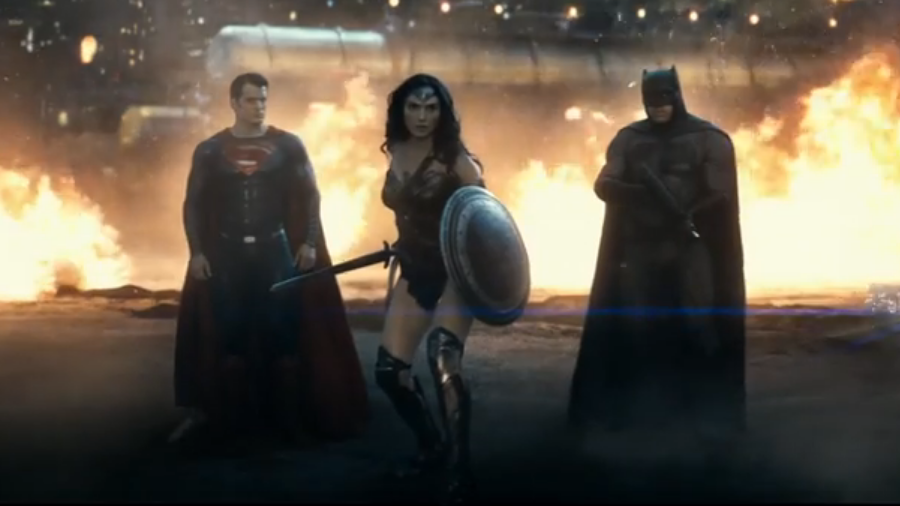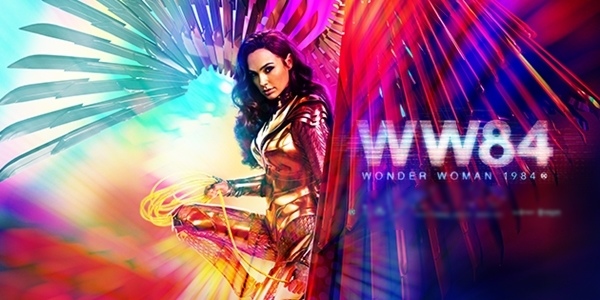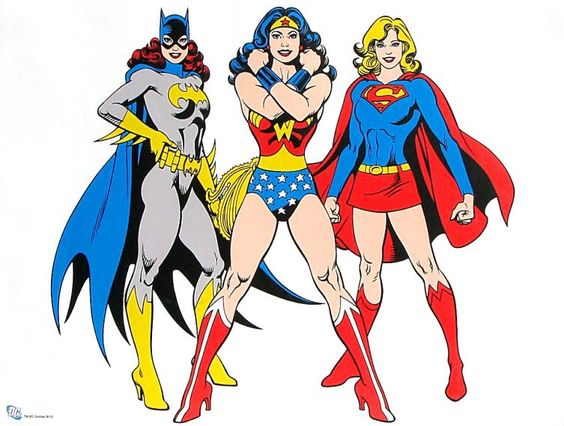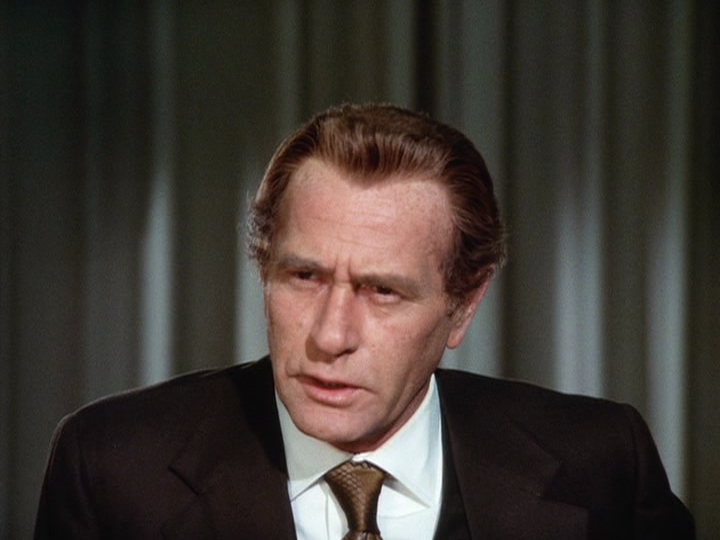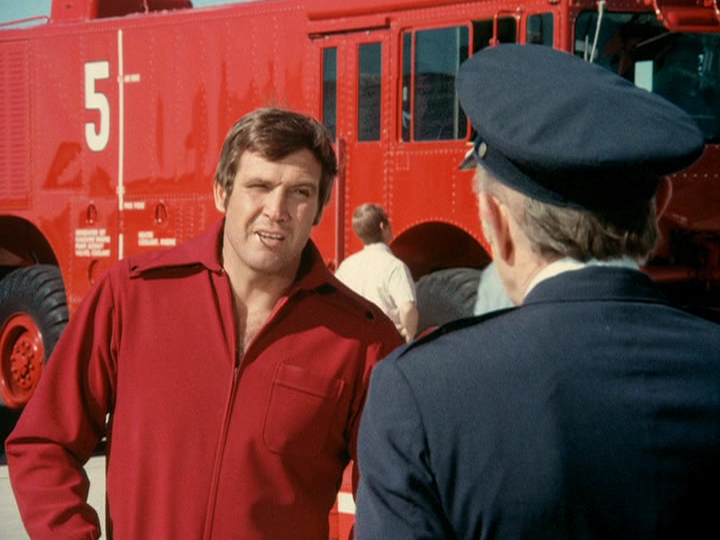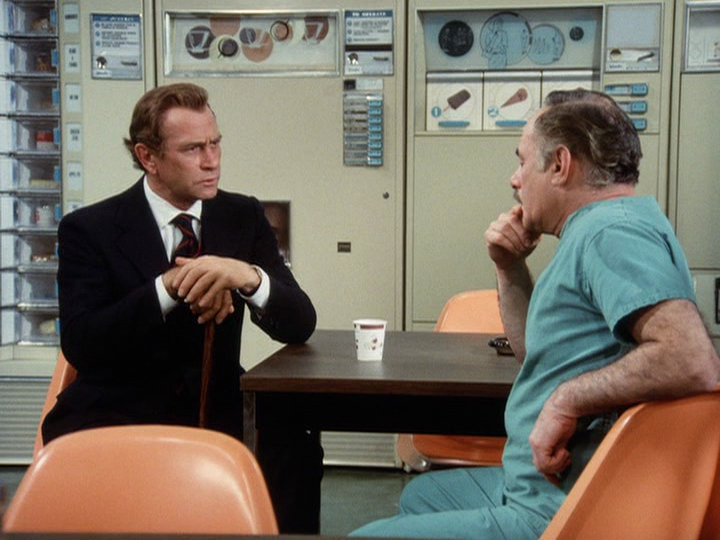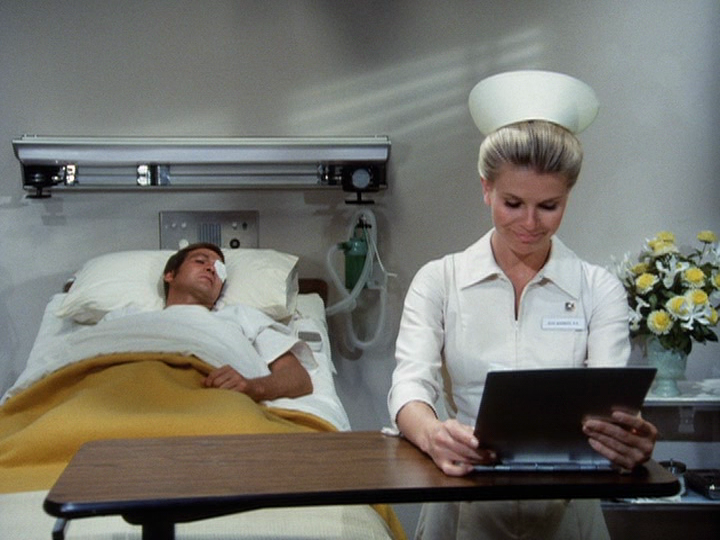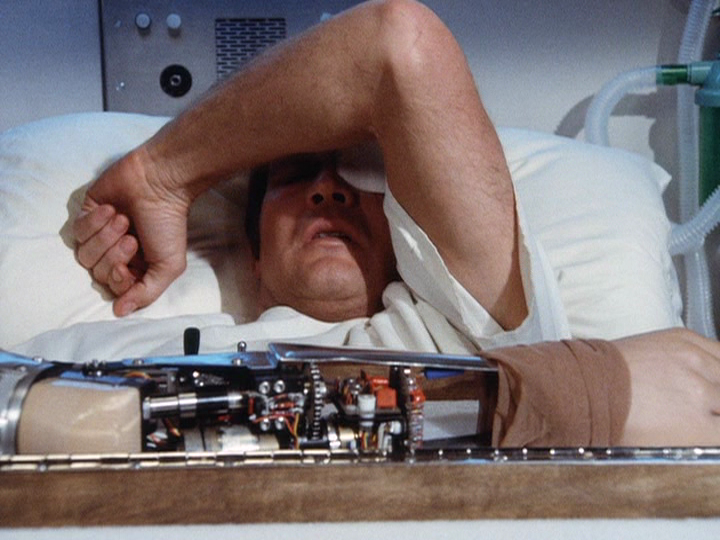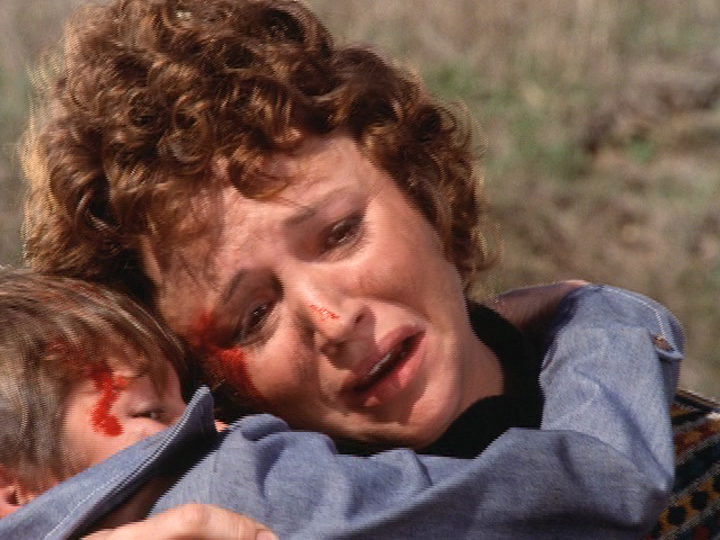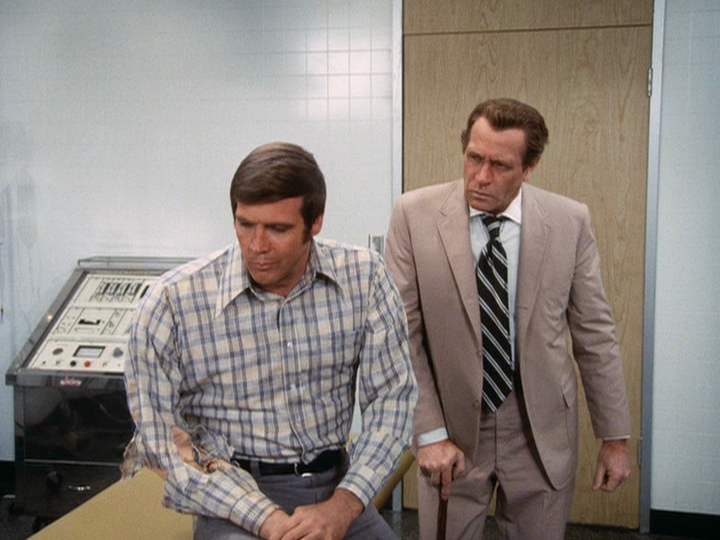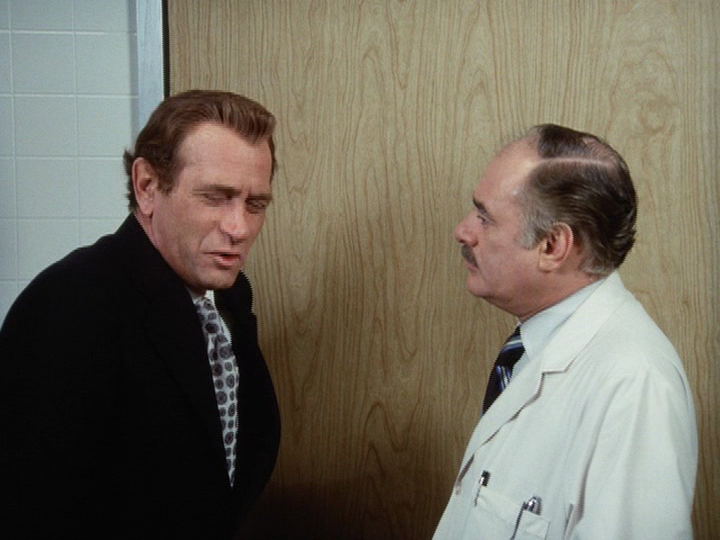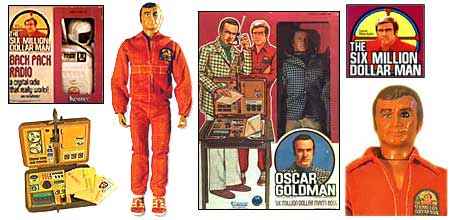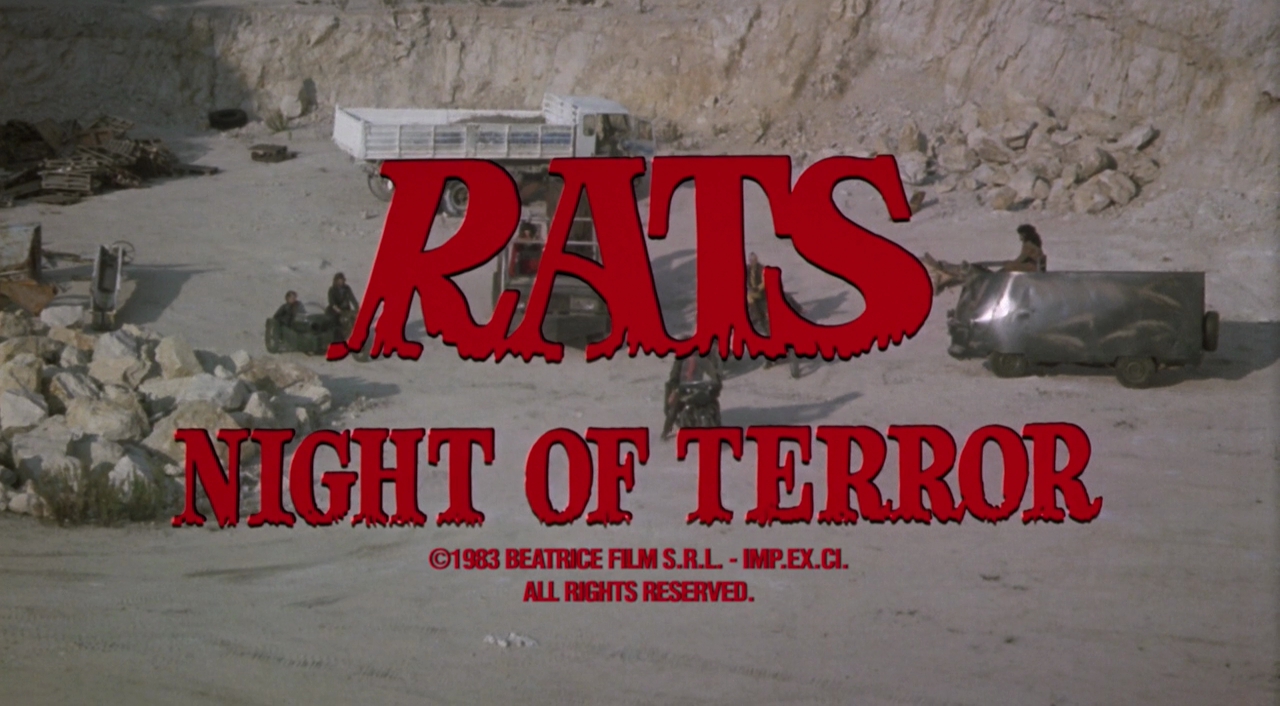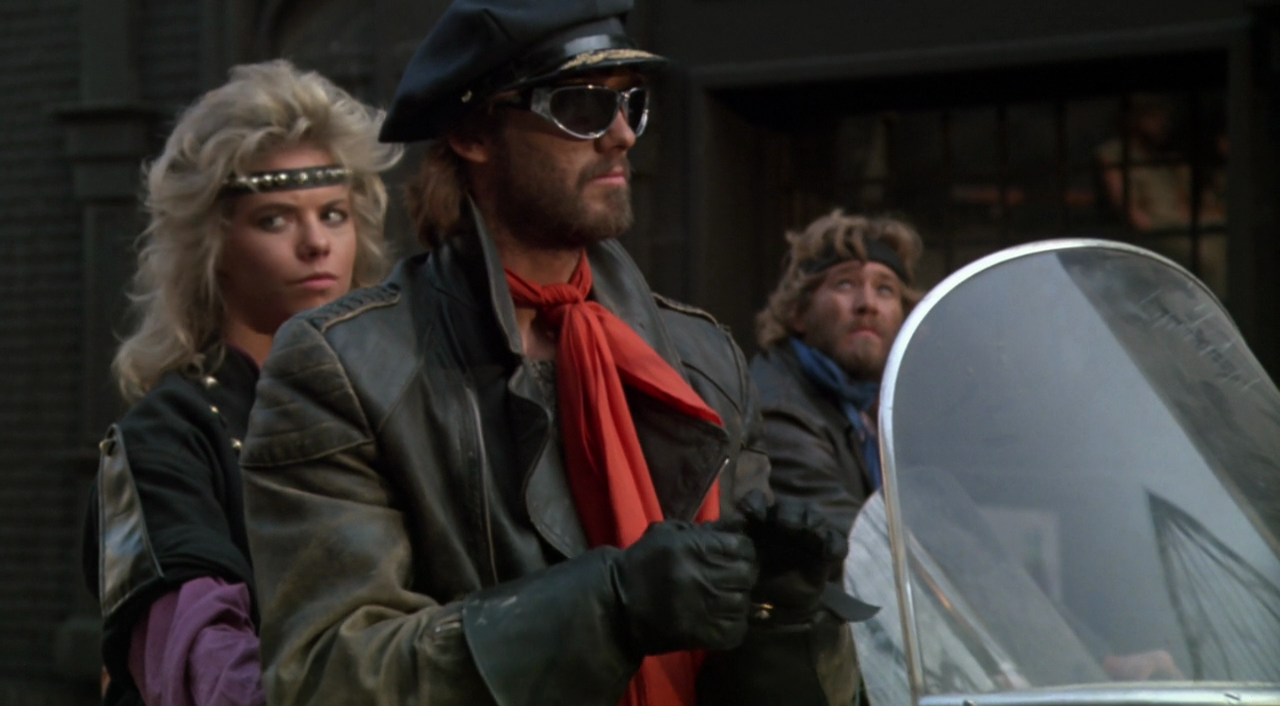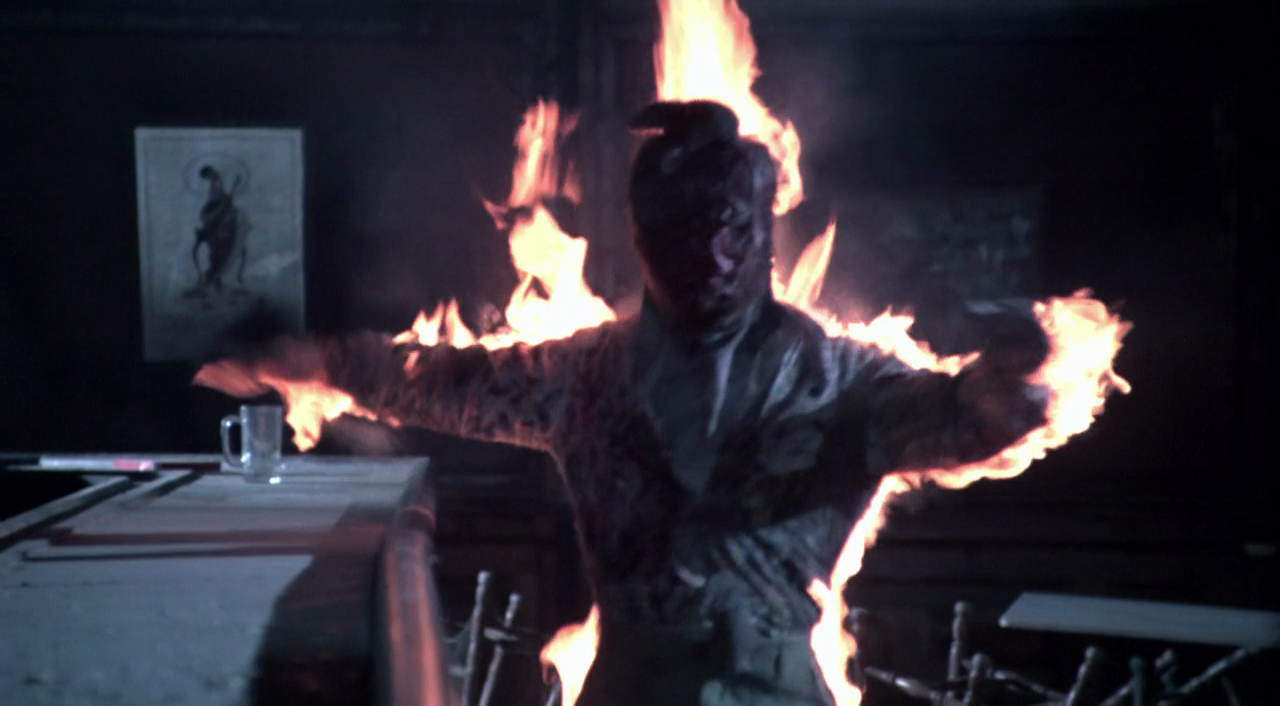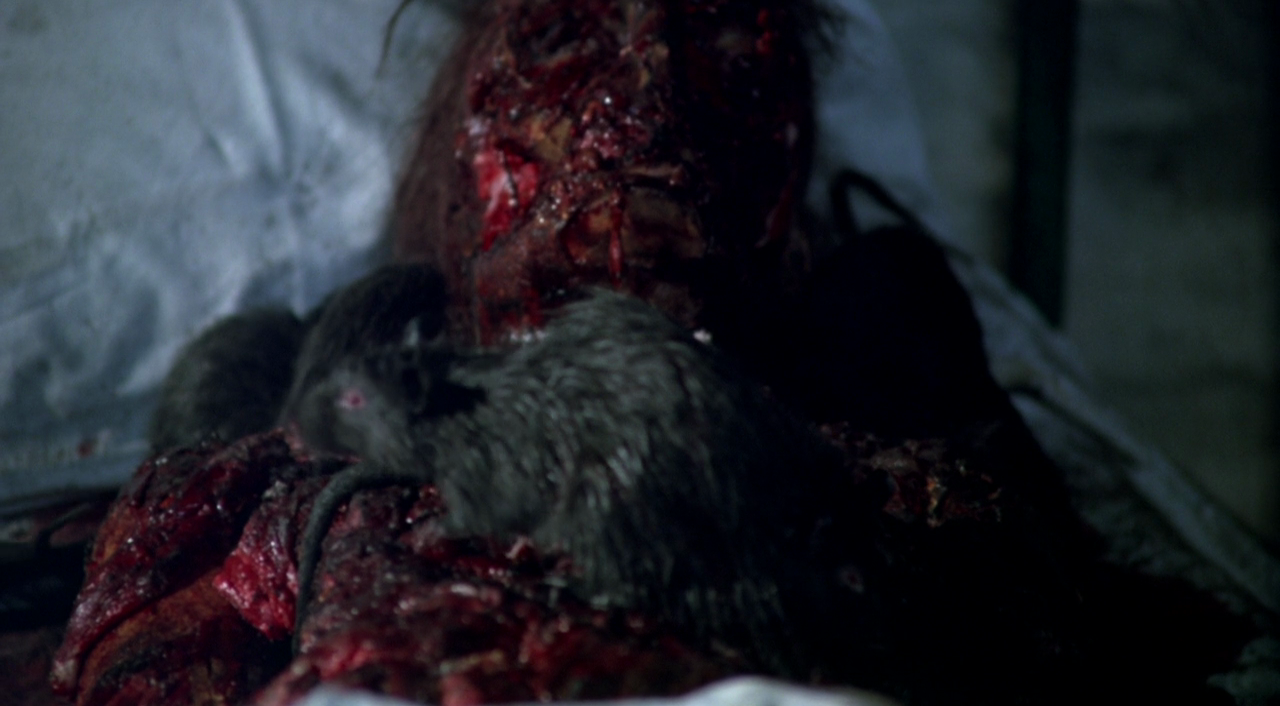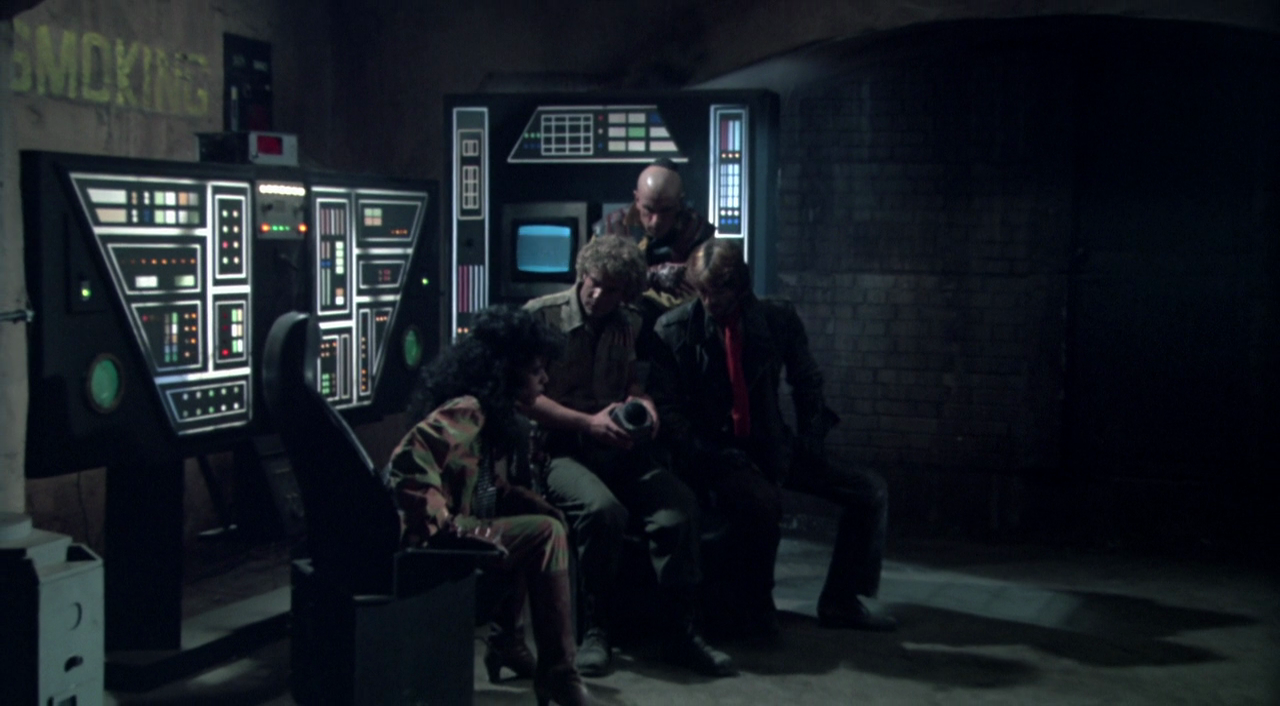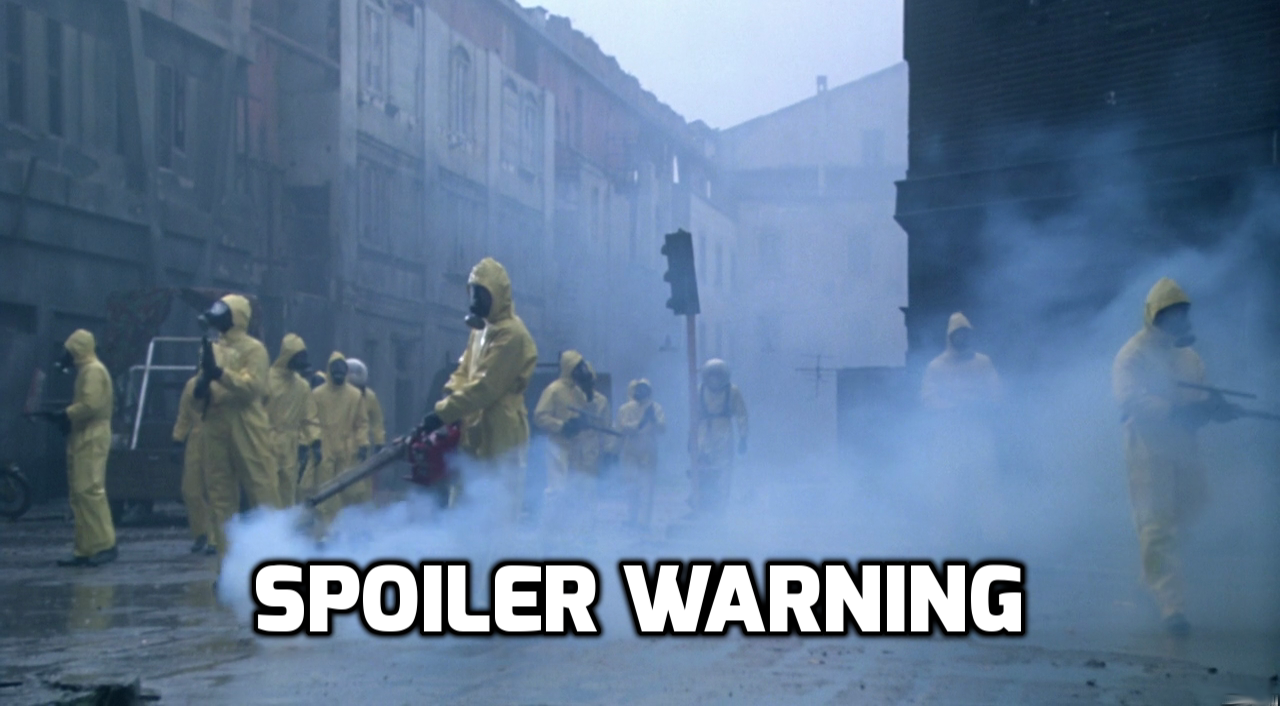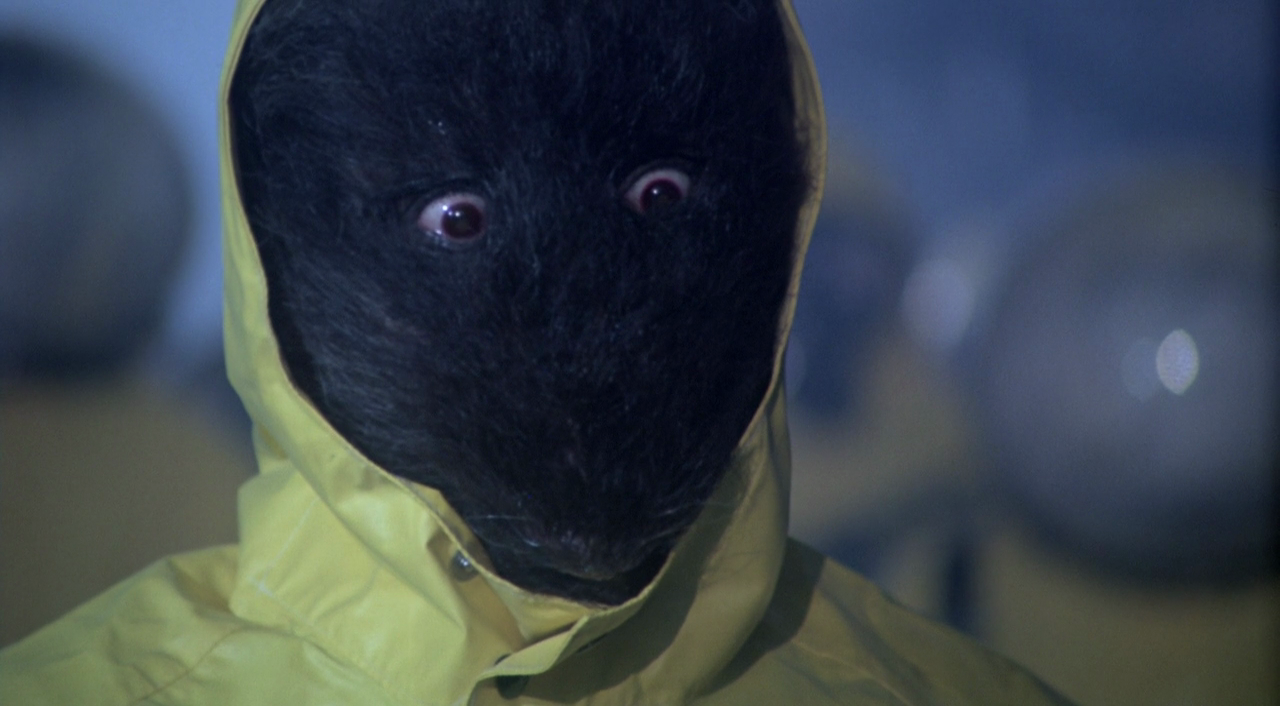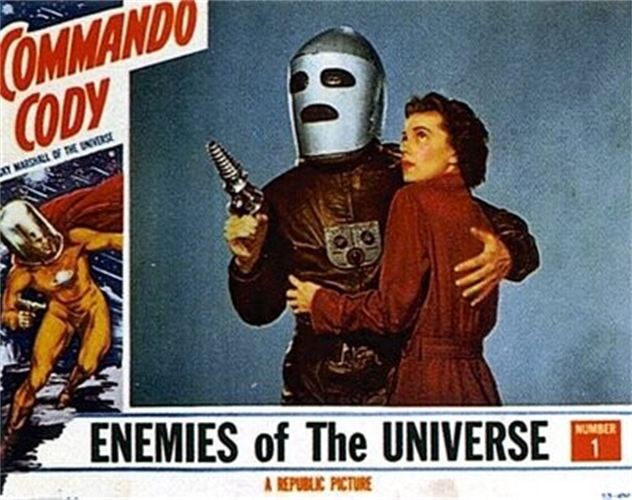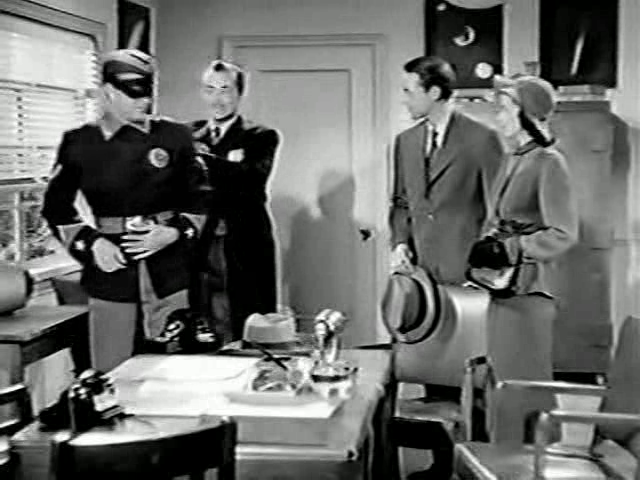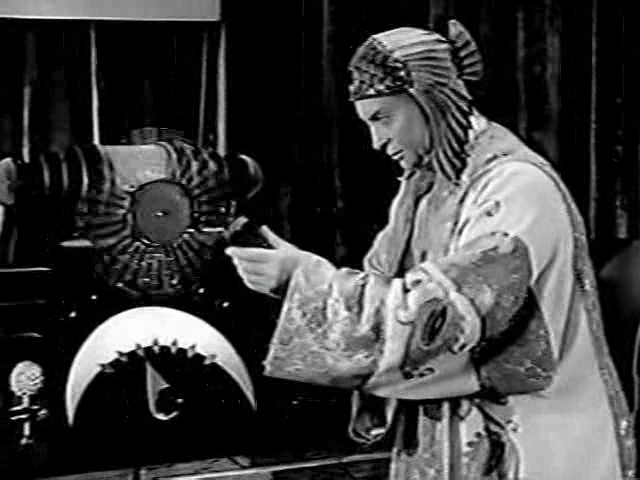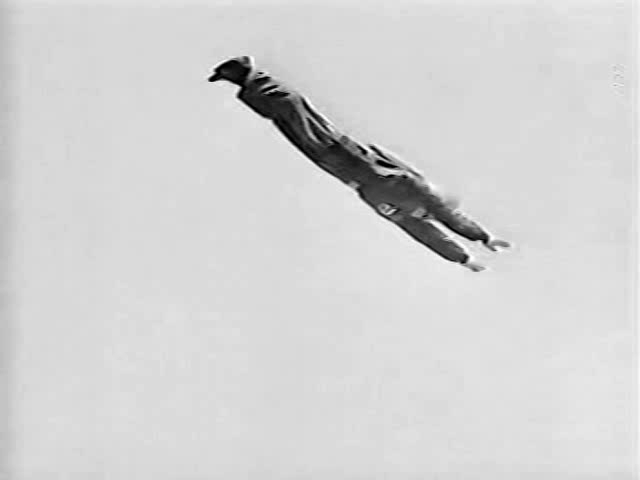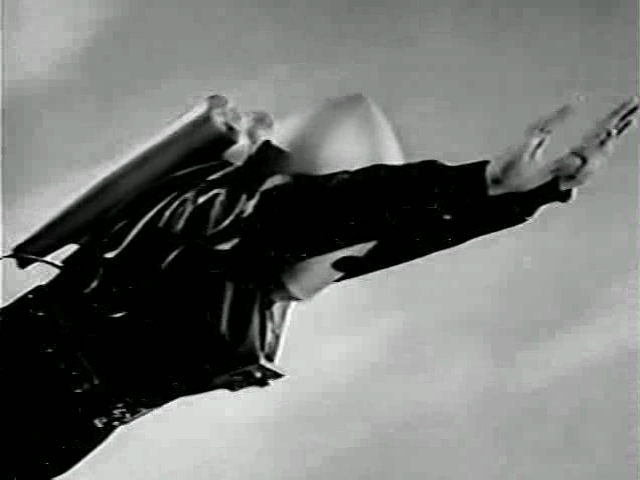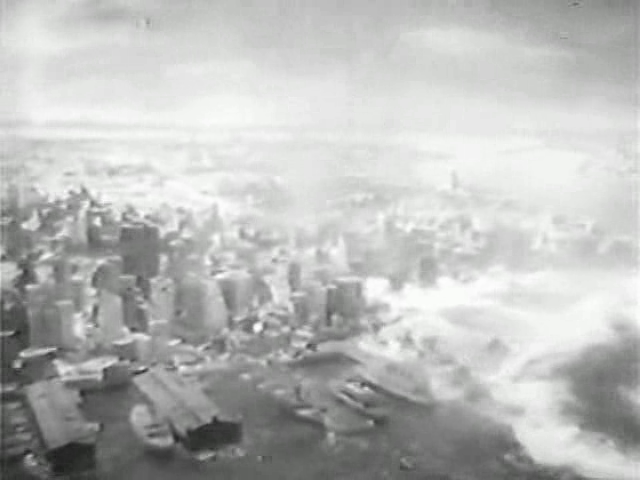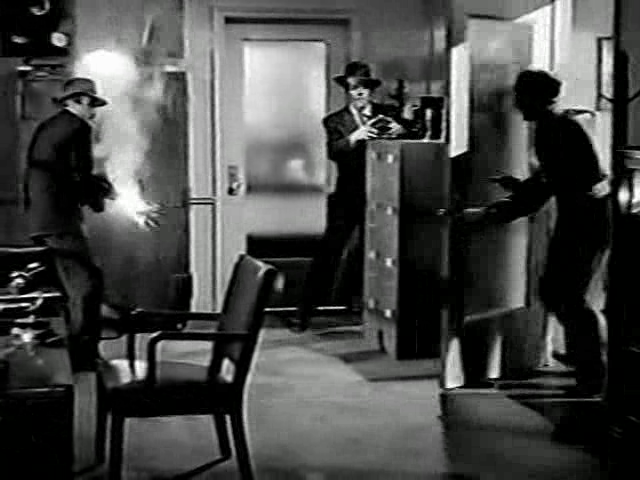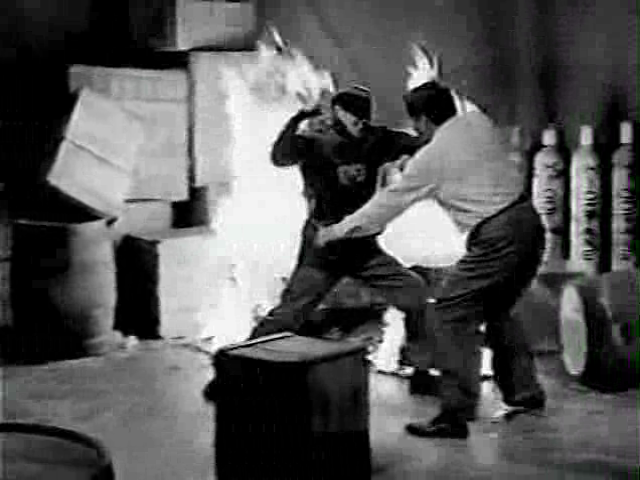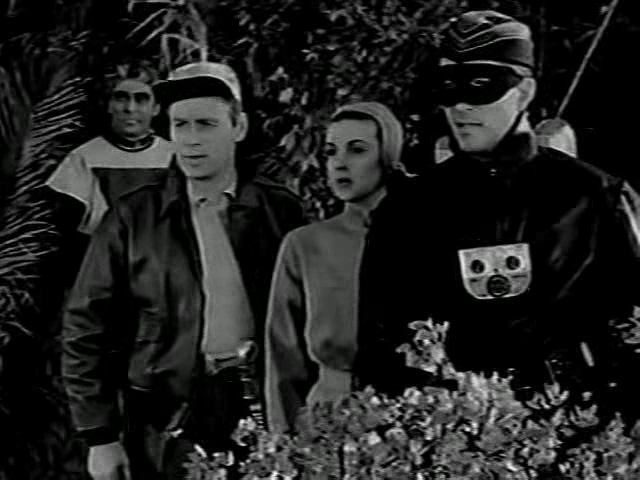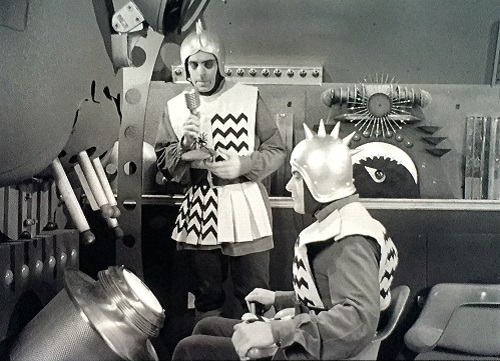Over the years Wonder Woman has gone through some remarkable changes, from being a groundbreaking superhero in a genre that was mostly an "all-boys club" to being a feminist icon supported by the likes of Gloria Steinem, and then to being a star of her own television show that ushered a generation of boys through puberty. Then after decades of standing in the shadow of Batman and Superman, she finally appeared on the big screen in her own movie, so let's take a look back and see where Wonder Woman came from and see just how far she has come.
Wonder Woman was created in 1941 by American psychologist and writer William Moulton Marston as an answer to all the male spandex-clad heroics that were appearing in the comics of the time. In fact, much of the credit for Wonder Woman’s creation must go to his wife Elizabeth Holloway Marston who thought "If you were going to create a hero with different ideals, centering on solving problems with love instead of fists, it should be a woman." With the help of artist H.G. Peter, the Amazon from Paradise Island first appeared in issue #8 of All Star Comics and her adventures came just in time as America was heading into another World War. Comic book readers were treated to Wonder Woman taking the fight to those evil Axis powers as well as dealing with the petty antics of the gods, in fun and exciting ways of course, but from these early issues, one can see that the road to superhero fame wasn’t an easy one for her.
All Star Comics #8
“At last, in a world torn by the hatred and wars of men, appears a Woman to who the problem and feats of men are mere child’s play – a woman whose identity is known to none, but whose sensational feats are outstanding in a fast-moving world! With a hundred times the agility and strength of our best male athletes and strongest wrestlers, she appears as though from nowhere to avenge injustice and right a wrong! As lovely as Aphrodite and as wise as Athena – with the speed of Mercury and the strength of Hercules – she is known only as Wonder Woman. But who is she, or whence she came, nobody knows!”
If she is so outstanding why is she constantly being tied up?
An important thing to understand about Wonder Woman’s creator is that he was a tad on the kinky side as he considered bondage and submission to be a "respectable and noble practice" and thus he created a rather odd weakness for our heroine, whereas Superman was laid powerless when exposed to kryptonite Wonder Woman on the other hand suffered from "Aphrodite's Law" a stipulation that made the chaining of her "Bracelets of Submission" (and yes that is what Wonder Woman’s metal bracelets were originally called) together by a man would take away her Amazonian super strength. Now, Wonder Woman did tend to free herself from these predicaments, thus preventing her from becoming a complete damsel in distress, but the repeated images of a scantily clad female in bondage were one of the major bullets in the arsenal of those hell-bent on censuring comics, and it was a key element in the ushering in of the Comic’s Code.
 “Suffering Sappho!”
“Suffering Sappho!”
Wonder Woman’s origin story was a rather unique one, she wasn’t rocketed to Earth from a doomed world or inspired by a flying rodent after losing her parents, instead, William Marston delved into Greek mythology to create her backstory. We first learn that she was sculpted from clay by her mother Queen Hippolyta and given life by Athena, who saw the Amazonian’s sadness over not having a child of her own. Wonder Woman, of course, got a passel of superhuman powers as gifts from the Greek Gods. Aside from her powers, she was also given quite the arsenal of weapons with the foremost being her “Lasso of Truth” which compelled anyone caught in its coils to tell the truth. Marston being instrumental in the development of the modern polygraph machine (lie detector) makes this addition to the mythos more understandable.
Wonder Woman also has her indestructible bracelets (the less said about that whole “Bracelets of Submission” thing the better) which were formed out of the rare metal amazonium (or feminum if you watched the 70s television show) and not only could it deflect bullets or any other type of incoming fire, it could also absorb the kinetic energy of an attack. Even Wonder Woman’s tiara was far from being just a simple fashion statement as it could be used as a projectile, functioning like a boomerang to dispatch her enemies. Her most famous accessory would, of course, be her invisible plane which according to Marston represented the “Invisible feminine compliance that allowed women of the Depression Era to enter and survive in the hostile male-dominated workplace with less resistance from that hostility.” Gee, I always thought it was just a cool ride.
As Freud famously said, sometimes a plane is just a plane.
Her invisible plane also stemmed from the fact that Golden Age Wonder Woman couldn’t fly, it wasn't until later in the Silver Age that her powers were increased so she could ride wind currents thus allowing her to imitate flight over a short distance, but eventually she reached almost Superman levels of power and gained the ability of true flight. This didn’t mean she discarded her plane as it still made hauling her luggage around much easier.
It also allowed her to give Aquaman a lift from time to time.
Batman and Superman had been making live-action appearances as early as the 1940s but Wonder Woman wasn’t having any such luck, she didn't even get a crappy serial like her male counterparts got. How hard could it be to put an actress in a star-spangled costume and then have her punch a few dudes? Sadly the answer to that question is apparently, "Very, very hard."
Wonder Woman (1967)
The popularity of the Adam West Batman series led producer William Dozier to take a crack at bringing the Amazon princess to life, and after watching this thing you may wonder if he was on crack. His 1967 test pilot was only five minutes long but was also just plain terrible, with Dozier's take on Wonder Woman (Ellie Wood Walker) being a vain idiot who was badgered by her mom about not being able to get a man. We can be grateful that it never got picked up for series.
During the late 60s and early 70s, Diana Prince/Wonder Woman surrendered her powers in order to remain in Man's World rather than accompany her fellow Amazons to another dimension so they could restore their magic. This depowering of Wonder Woman was a rather strange direction for DC to take their superhero in. And sure, Superman would occasionally lose his powers but not for very long, but to make up for Diana's loss of power writer Denny O’Neil and artist Mike Sekowsly introduced the character of I Ching, the last surviving member of an ancient sect, to help and train her in numerous martial arts and weapons use.
This all stemmed from Denny O’Neil’s belief that Wonder Woman would be a more heroic character if she had attainable skills and abilities rather than powers imbued by the gods of Olympus. Basically, this was a case of turning her into Batman but without the brooding or the dark fashion sense. This version of Wonder Woman is what probably led to her second live-action incarnation starring Cathy Lee Crosby as Diana Prince, secret agent.
Wonder Woman (1974)
Like the "I Ching" era Wonder Woman this version also had none of the standard powers normally associated with the character, instead, she functioned more like a female James Bond and only briefly wore her costume. In this failed 1974 pilot movie Wonder Woman not only worked as Steve Trevor’s secretary but also as a field agent who would secretly investigate on his behalf. Without superpowers, this Wonder Woman mostly dealt with verbal banter when engaging the villains, as well as occasionally having drinks with them, and though she did sport a star-spangled costume it was not the Wonder Woman costume most of us would be familiar with, and sadly her fighting skills were not even on par with the I Ching era of the character. Of course, this was all going to change just one year later.
Wonder Woman (1975-1979)
Due to the declining sales of the comic DC finally returned Wonder Woman to her roots, returning her powers and teaming her up with The Justice League of America back in the WWII era, and this change stemmed from the popularity of television’s third and most successful attempt at a live-action Wonder Woman series, which introduced Lynda Carter as the titular character. This series ran for three seasons - only the first season took place during WWII but we can't have everything - and it was Lynda Carter’s effortless charm that made the show a must-watch for countless fans. From battling Nazis to alien invaders this series had everything a kid could want, and while Wonder Woman still had a penchant for being tied up but nobody’s perfect. After it's cancellation we weren’t to see another live-action Wonder Woman for decades, but her adventures would continue on in both comic book form as well as in animation.
Super Friends (1973-1986)
Kids may have not been able to get their fill of a live-action Wonder Woman but from 1973 to 1986 they were able to sit down in front of their television sets each and every Saturday morning to catch the thrilling adventures of the Super Friends. The roster changed over the years but it usually had Wonder Woman working alongside the likes of Superman, Aquaman, and Batman among others, unfortunately, she was also stuck working with such idiot teenagers as Marvin and Wendy and their pet Wonder Dog or the even dumber Wonder Twins and their annoying space monkey Gleek. Standards and Practices at the time didn’t allow much violence in a show meant for children so Wonder Woman didn't do any fighting and mainly ferried people around in her invisible jet, but she did occasionally get to snag somebody with her magic lasso. Later in the run, things got a little weird for her, when the Super Friends: The Legendary Super Powers Show was produced as it spent much of its time with Darkseid trying to marry the Amazon princess.
"I don't have to put out the garbage, I'm the ruler of Apokolips."
In the mid-80s George Pérez, Len Wein, and Greg Potter did for Wonder Woman what John Byrne was doing for Superman in his Man of Steel reboot, they gave her a complete revamp of her origins and made her an emissary and ambassador from Themyscira, but her Greek mythological history was still maintained and they spent a good deal of time with Diana trying to handle her “eccentric” relatives as well as her numerous other foes such as Cheetah and the scientific genius Veronica Cale. This reboot was incredibly successful and many future writers and artists used the George Pérez model for reference.
In 1996 Mark Waid and Alex Ross brought the world a four-issue mini-series titled Kingdom Come, an Elseworlds story (Elseworlds is a place for stories that exist outside of DC canon) that dealt with a future where traditional superheroes were considered out-of-touch and a new breed of amoral and dangerously violent vigilantes were wreaking all kinds of havoc.
When these two groups clash, with Lex Luthor’s evil machination right in the middle of it all, things get really hairy and ideologies on all sides are threatened. This version of Wonder Woman has her as a lieutenant to Superman in his war against these irresponsible newcomers but as dark as things get it does end with her and Superman finally hooking up, which was kind of nice. Meanwhile back in the world of animation, the popularity of Batman: The Animated Series and Superman: The Animated Series, both co-produced by animation legend Bruce Timm, resulted in us getting one of the best incarnations of Wonder Woman to date.
Justice League (2001-2004)
Fully powered and able to hold her own against some of DC’s biggest heavy hitters this series set the gold standard for how to depict Wonder Woman. In this show, we finally got to see Diana Princess of Themyscira as she appeared in some of the best versions of the comics, powerful, noble and taking shit from no one.
"And no, you can't have a ride in my invisible Jet."
In 2004 we got the brilliant Eisner Award-winning comic New Frontier by writer/artist Darwyn Cooke which gave us a darker version of Wonder Woman. Taking place during the 1950s this mini-series hearkened back to the Golden Age of comics but with a bit more edge to it as these classic heroes met up with heroes from the Silver Age and with some startling results. The Wonder Woman in this comic didn’t shy away from killing and was also up for a good time when called for.
If you crossed women she was cool with letting you die.
In 2011 there was another attempt at bringing a live-action Wonder Woman to the small screen (after many failed attempts to get a movie off the ground one had started feeling sorry for the poor Amazon) but this pilot was so derided by all who saw it that it was never aired or even finished.
Wonder Woman (2011)
This version of Wonder Woman (Adrianne Palicki) had three identities. First, there was Diana Themyscira powerful head of Themyscira Industries, then we had her costumed Wonder Woman persona whose crime fighting is funded by the merchandise sold by her company, and finally, there was Diana Prince who lived alone with her cat. Not only is the three identities idea stupid but this show also had her torture and murder her opponents without a second thought. I’m okay with a darker version of Wonder Woman but this take on the character was just ludicrous.
Things may have been looking rough for Wonder Woman in the live-action world but she was about to get a complete overall in the pages of DC comics with their New 52 launch which would reboot and relaunch many of their classic characters.
Wonder Woman New 52
The biggest change to Wonder Woman here was in the serious tweaking of her origin story, as mentioned, she was originally a clay doll made by her mother Queen Hippolyta, who wanted a daughter and whose pleas were heard by the goddess Athena, but now it’s revealed that the whole doll thing was a lie and that Diana was the product of an affair between the Queen of the Amazons and the god Zeus. We also learn from this reboot that while growing up she was not considered a true Amazon, as everyone thought she was made of clay and not flesh, and this resulted in some of the other Amazons insultingly calling her “Clay” and not letting her play in all their reindeer games.
I myself don't tend to make fun of people with godlike powers, but maybe that's just me.
After years and years of trying to get a big-screen live-action version of Wonder Woman off the ground, it finally happened in 2013, but unfortunately not in her own movie. Despite a critical drubbing from fans and critics alike Zack Snyder’s Man of Steel made enough money for Warner Brothers to continue with their plans for a DC Extended Cinematic Universe to rival what Marvel was doing.
Batman v Superman: Dawn of Justice (2016)
In Batman v Superman: Dawn of Justice Wonder Woman (Gal Gadot) is nothing more than a glorified cameo, with much of her appearance simply being set up for the upcoming Justice League movie, but when she was finally allowed to strut her stuff she became the highlight of the movie. How Gal Gadot will handle the character in her own movie has yet to be determined but what little I did see of her in this movie was interesting enough to give me some hope, and it not being directed by Zack Snyder helps.
Wonder Woman (2017)
It’s taken over 75 years for Wonder Woman to finally star in her own theatrical movie, while Batman and Superman have had numerous forays to the big screen, so it was great to see her finally explode into theatres in the way comic fans could truly appreciate, and not since Linda Carter donned the stars and stripes has someone nailed the role as well Gal Gadot did in this film, sadly, the less said about the sequel the better.
Wonder Woman 1984 (2020)
With two villains and a plot that can barely be called coherent, we have a Wonder Woman entry that is very disappointing and the fact that the cast all gave it their best wasn’t enough to save the day. After this film's critical drubbing, she was relegated to cameos in a Shazam sequel and the Flash movie, which also bombed at the box office, so now it's up to James Gunn and the new DC Universe reboot to see if this live-action incarnation can be saved.
Wonder Woman has certainly had quite the eclectic career, from appearing on the cover of Mz Magazine, surviving decades of changing morals in a world where many female superheroes were relegated to being just knock-off versions of their counterparts or being glorified testosterone-fueled fantasies for pubescent teenagers, to finally landing her spot on the big screen with her male contemporaries. Wonder Woman stands out as one of the better comic book characters to ever appear on page or screen whether that be male or female. I'm sure we will be treated to many more interesting takes on the Amazonian princess in the years to come and I'm looking forward to each and every one of them.

